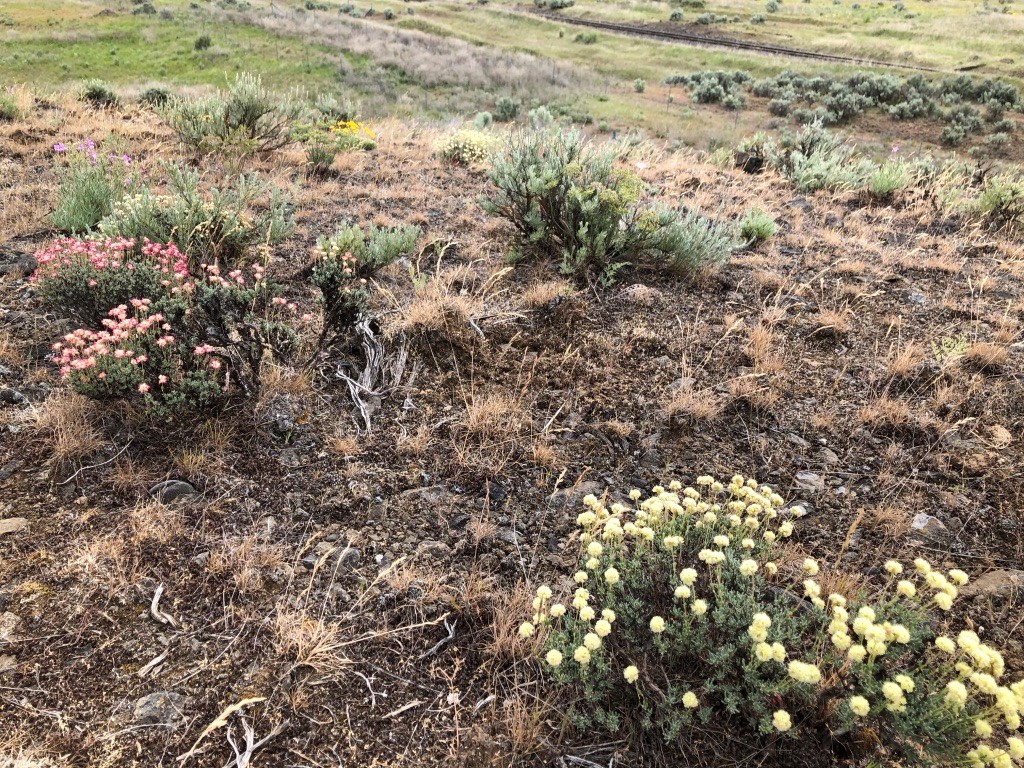Native plant species differ in a number of biological factors including evolutionary history, plant traits and local adaptation. Therefore, the strategies involved in seed collection, seed production and restoration must be customized to each species. An understanding of these factors can be used to optimize restoration for important plant species in the Great Basin, and sagebrush ecosystems across the West. Thus, researchers in the U.S. Forest Service – Rocky Mountain Research Station (RMRS), University of Nevada, Reno (UNR), US Fish and Wildlife Service, Natural Resources Conservation Service (NRCS), and U.S. Geological Survey (USGS) are developing a genetic management plan, based on needs identified in the National Seed Strategy and Nevada Seed Strategy, for target native plant species.
This genetic management plan will define the unique biology, evolutionary history, and seed transfer guidance for each species, with the goal of leveraging genetic diversity for successful implementation of rehabilitation, reclamation, and restoration projects in the Great Basin, and sagebrush ecosystems across the West. To start, focusing on a subset of species with a high degree of available research, the partners in this project will work together to create guidelines that can be used toward seed source and seed increase decisions for a range of species and functional types required to revegetate disturbed areas. Ultimately, our goal is to inform the genetically responsible collection, combination, increase, and use of native seeds using the best available science, which will improve restoration techniques, increase plant diversity, and foster the restoration of important wildlife habitat.


